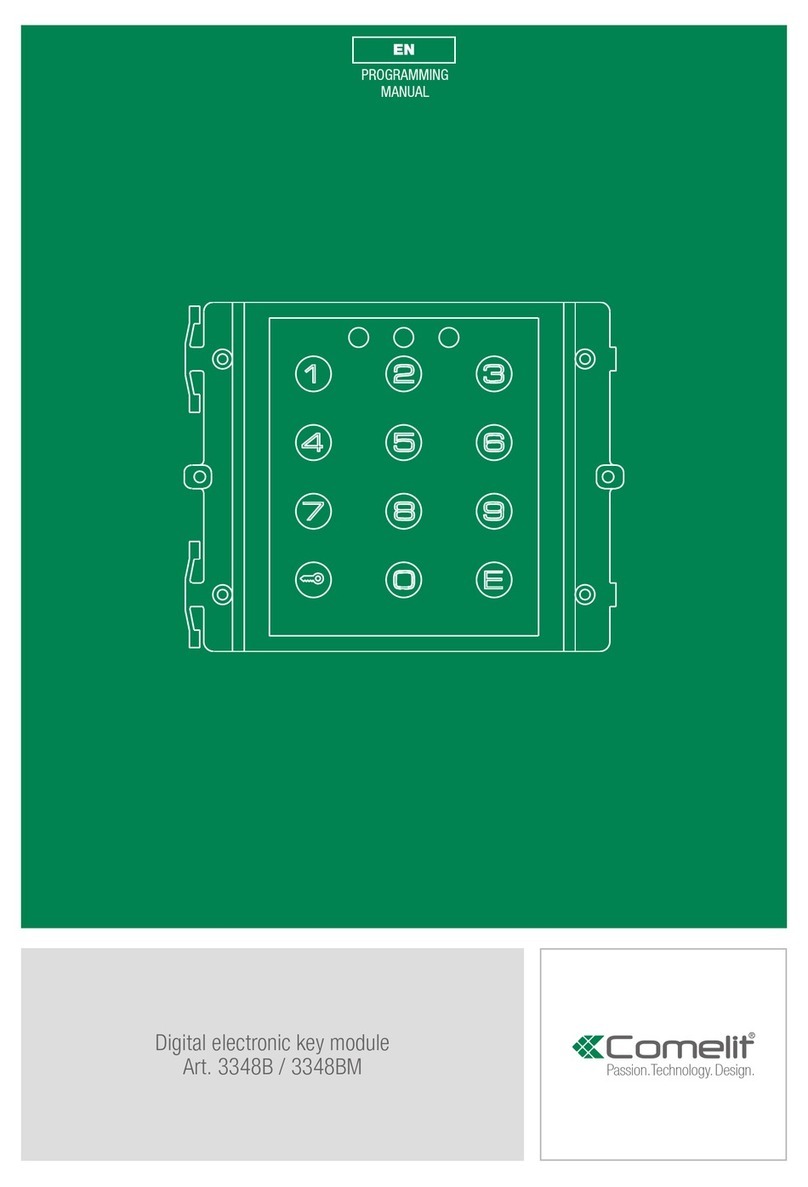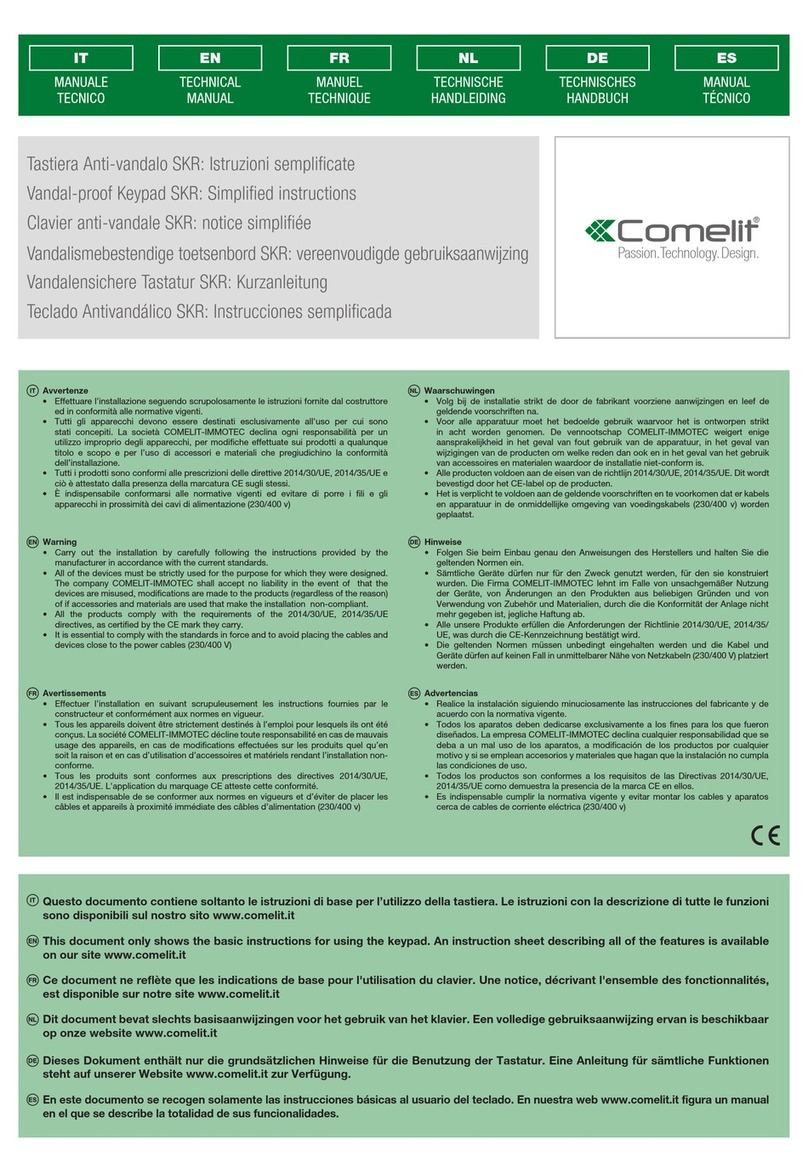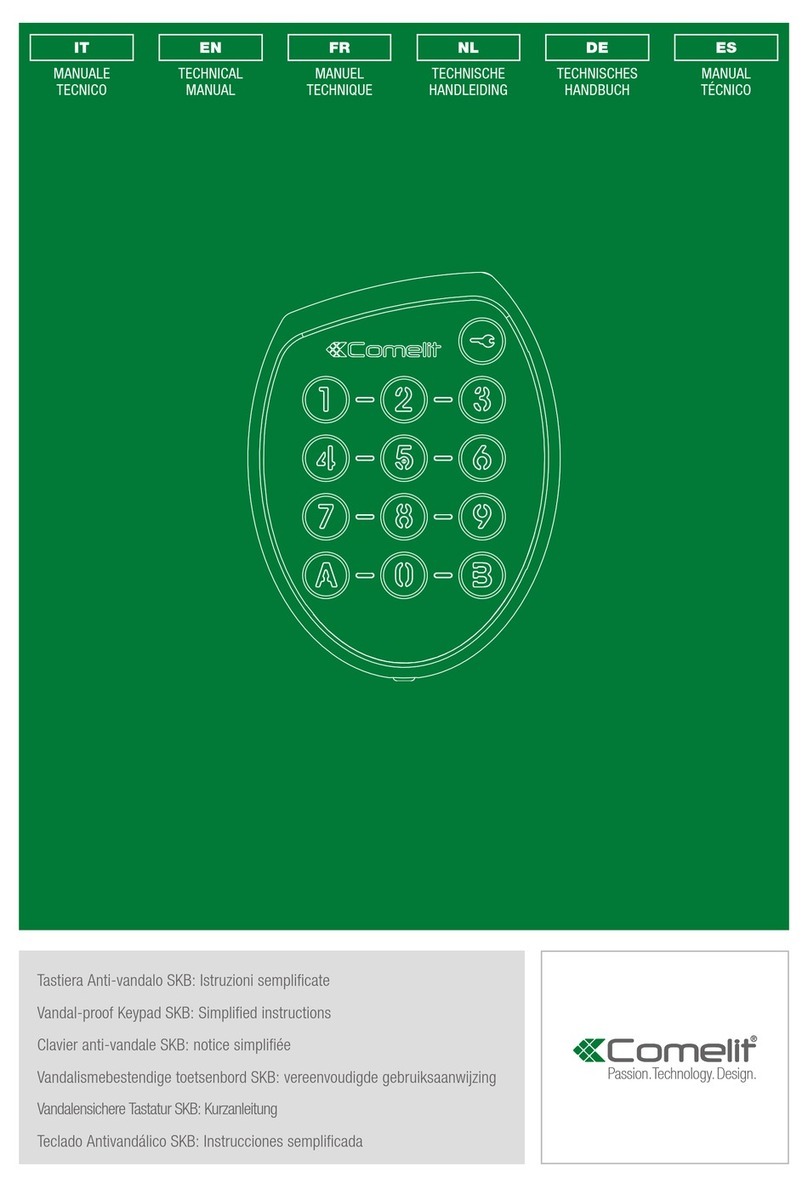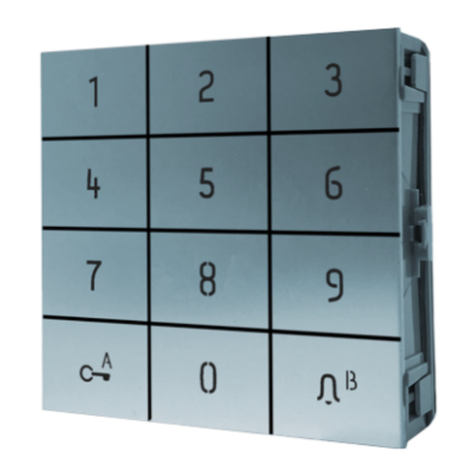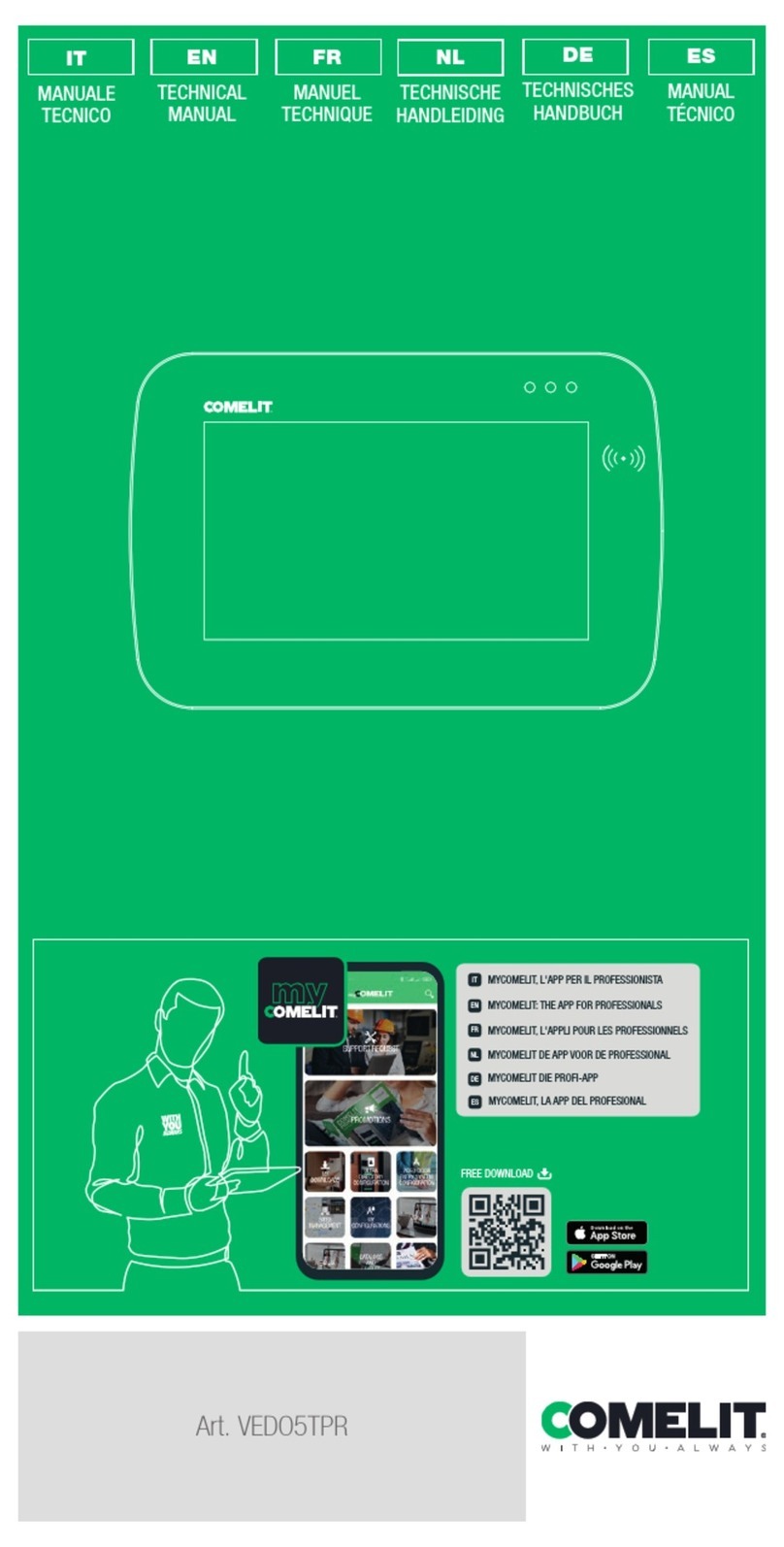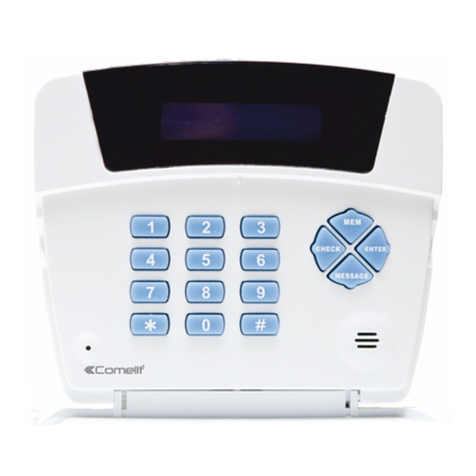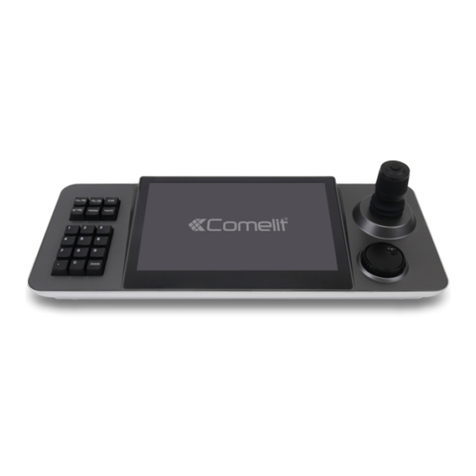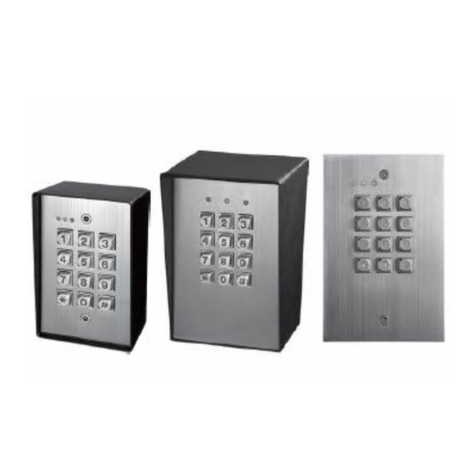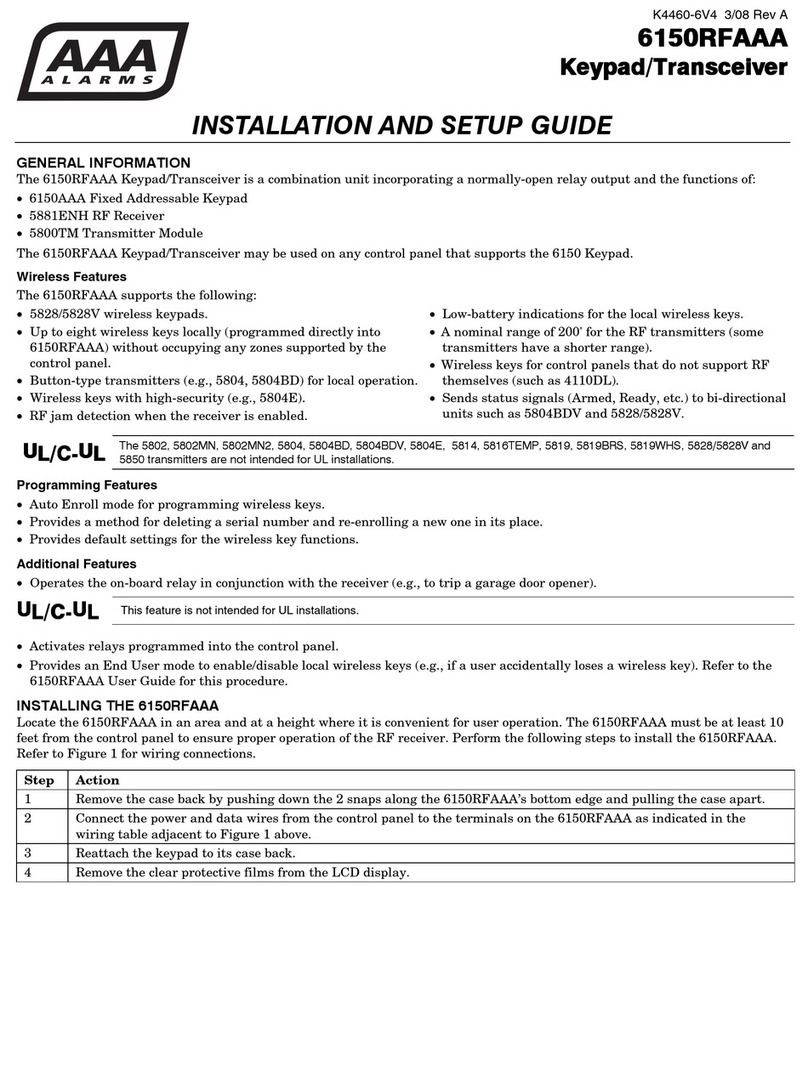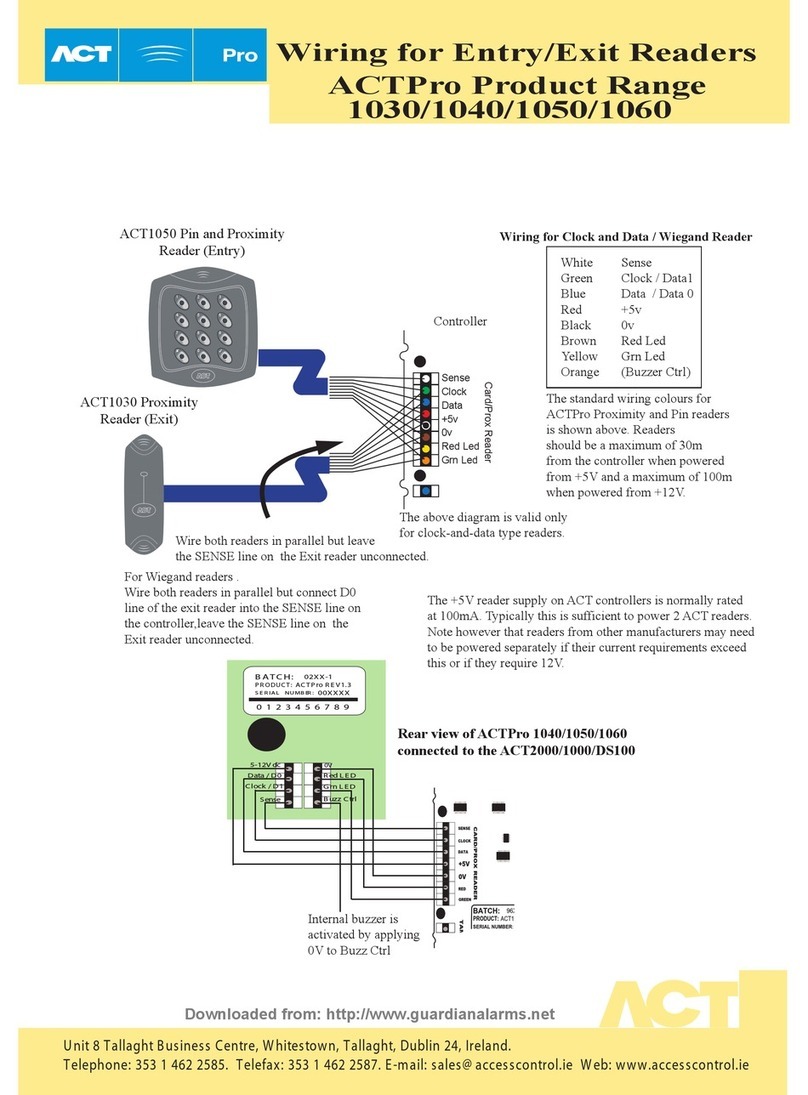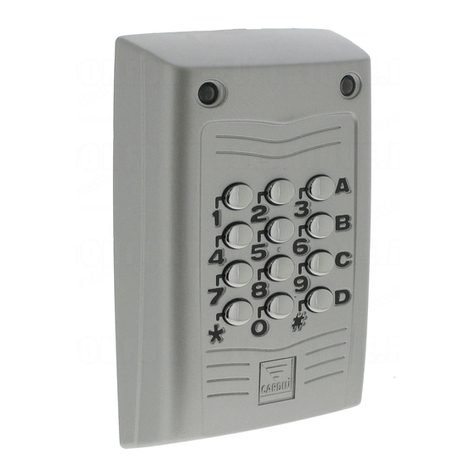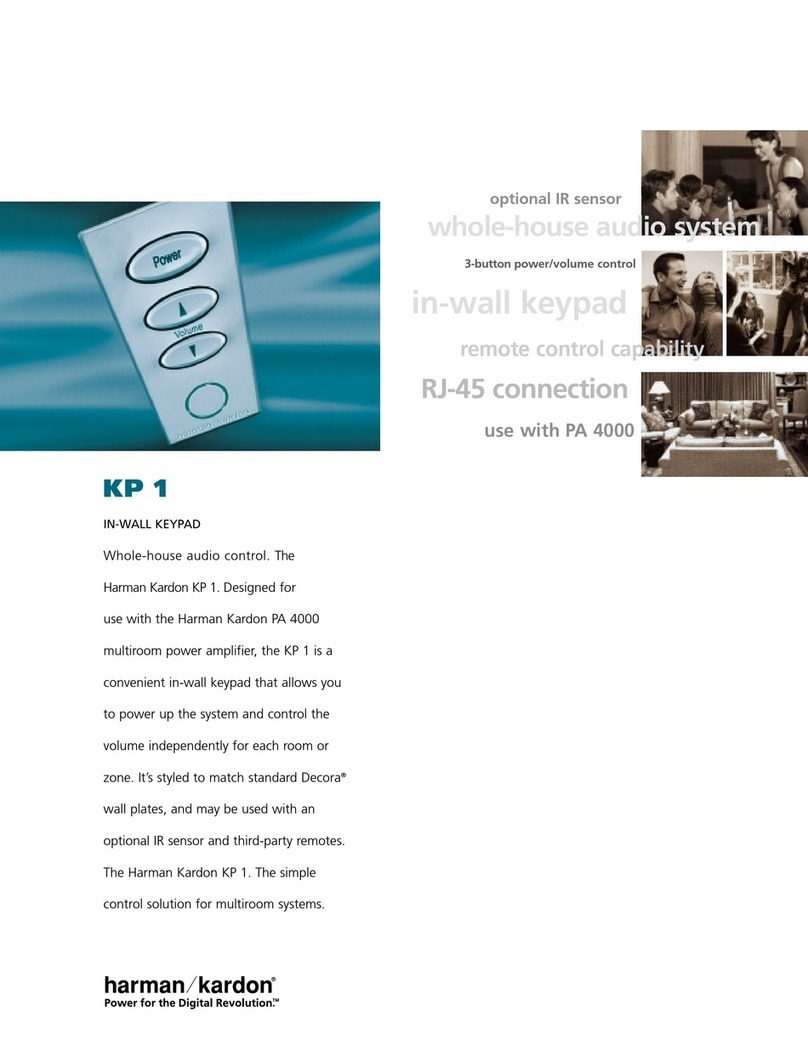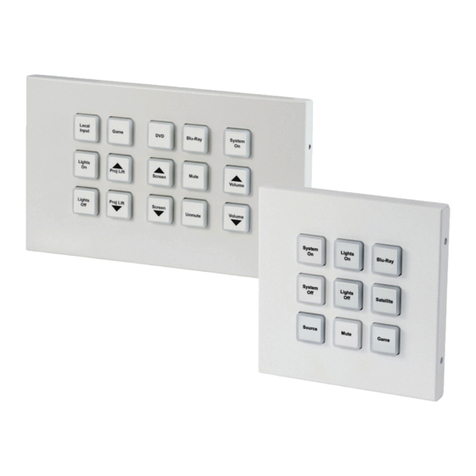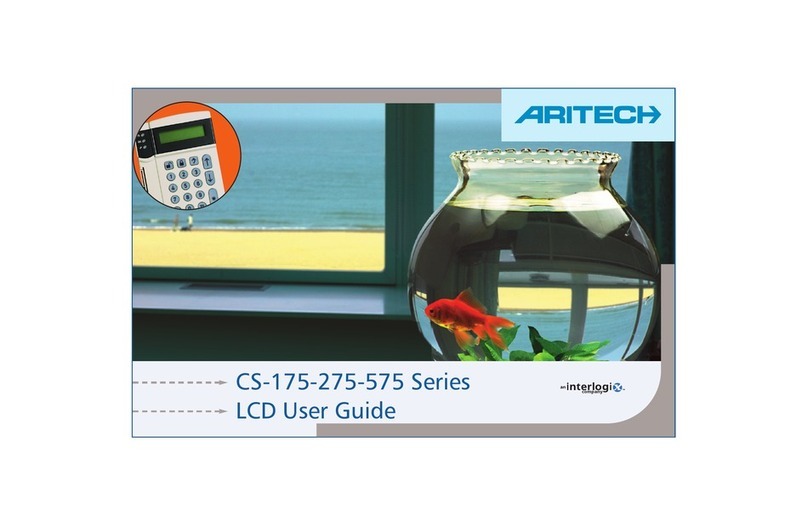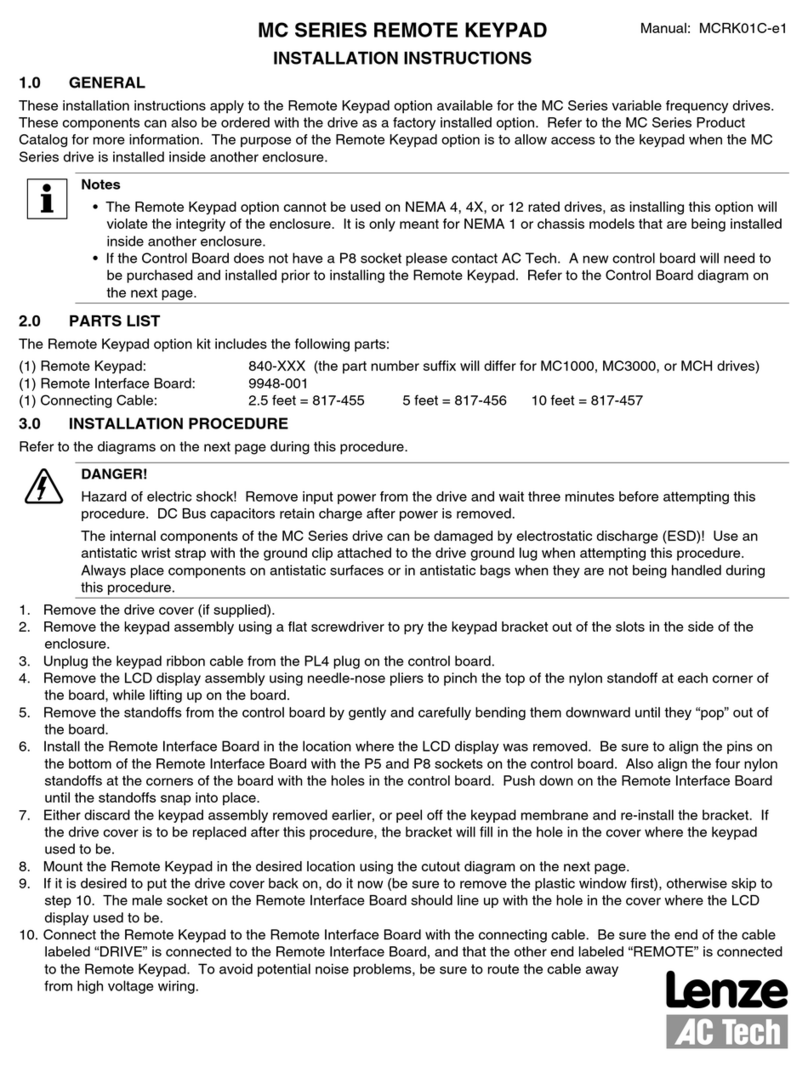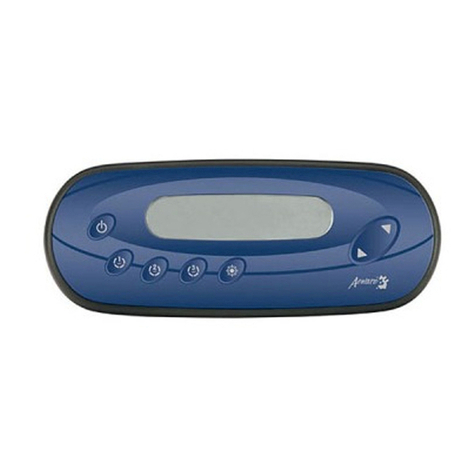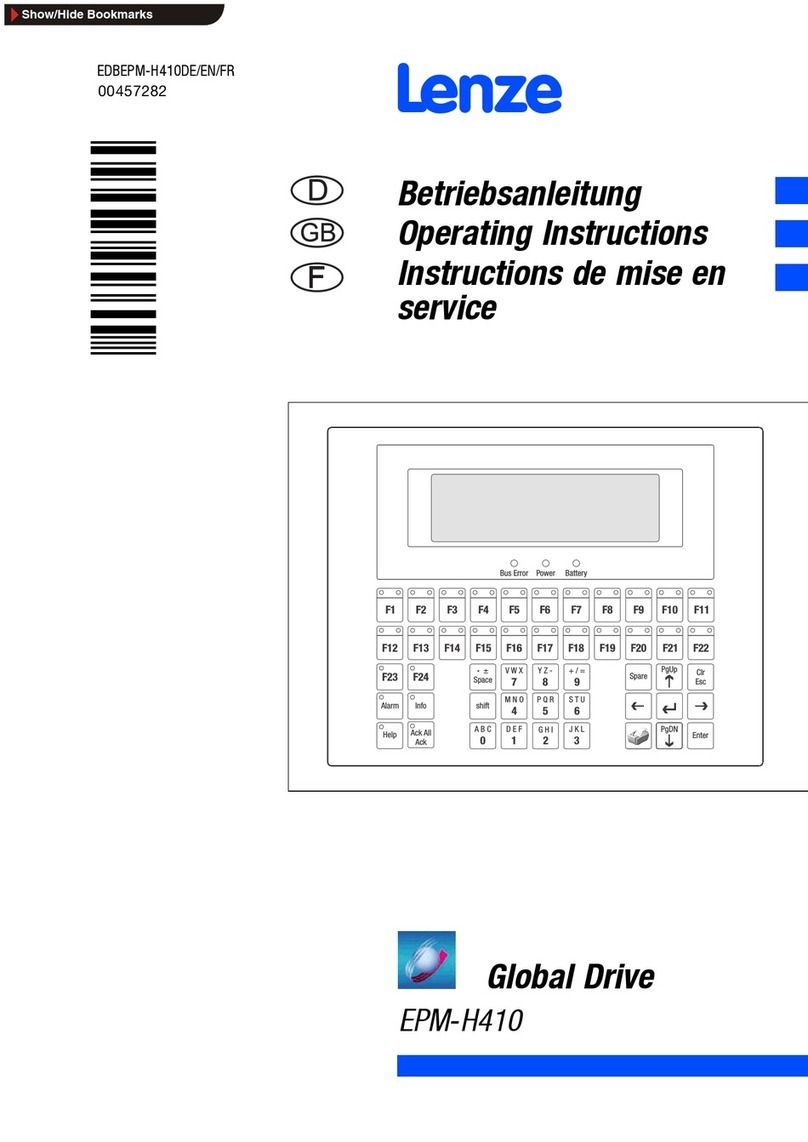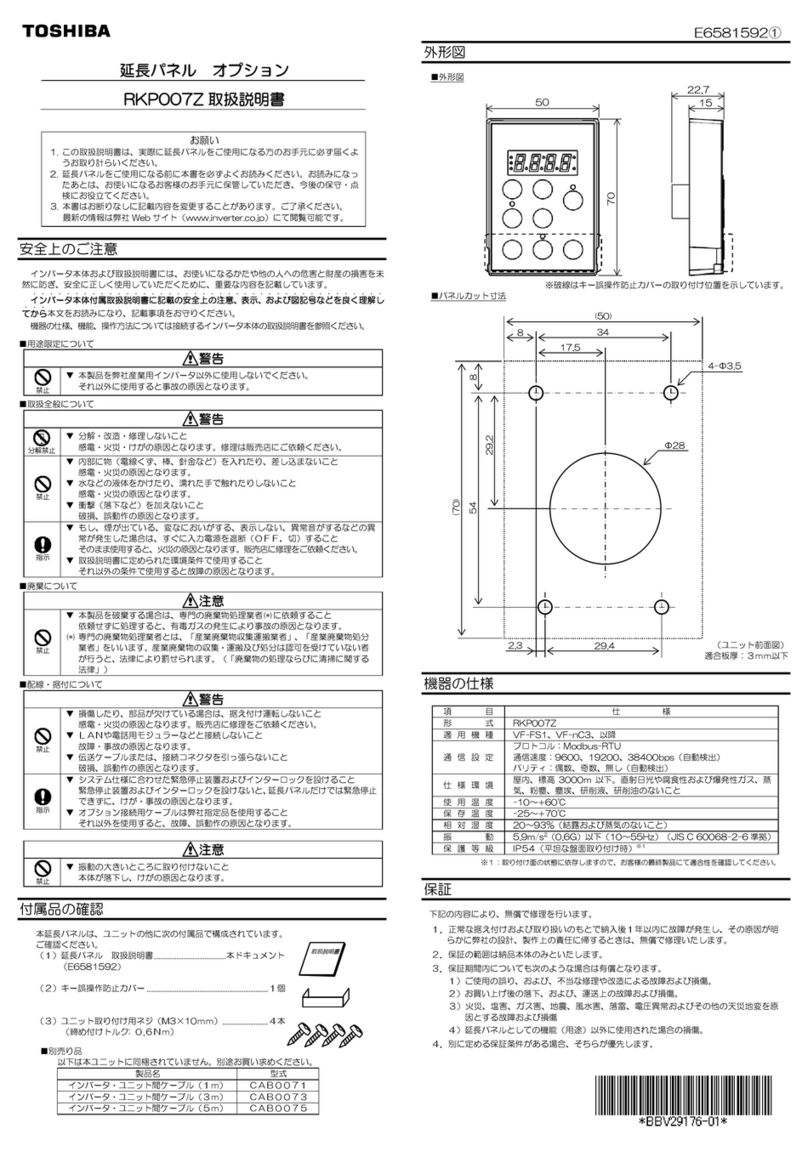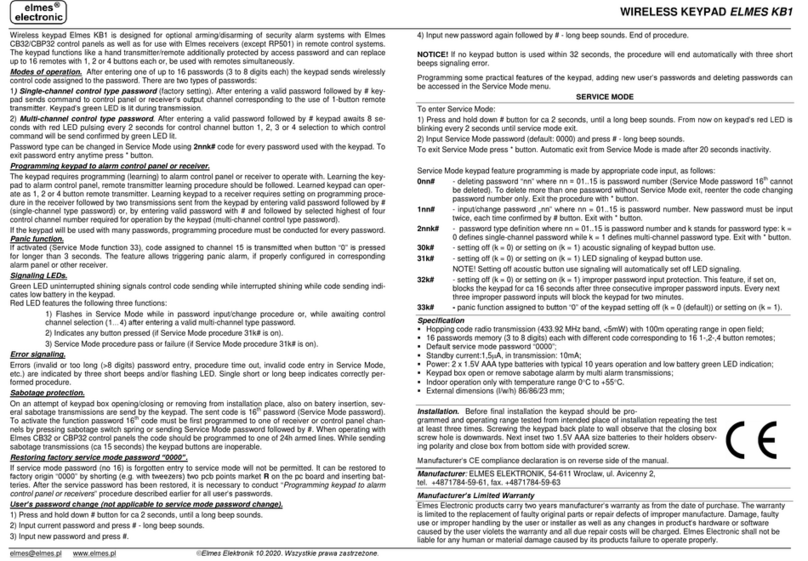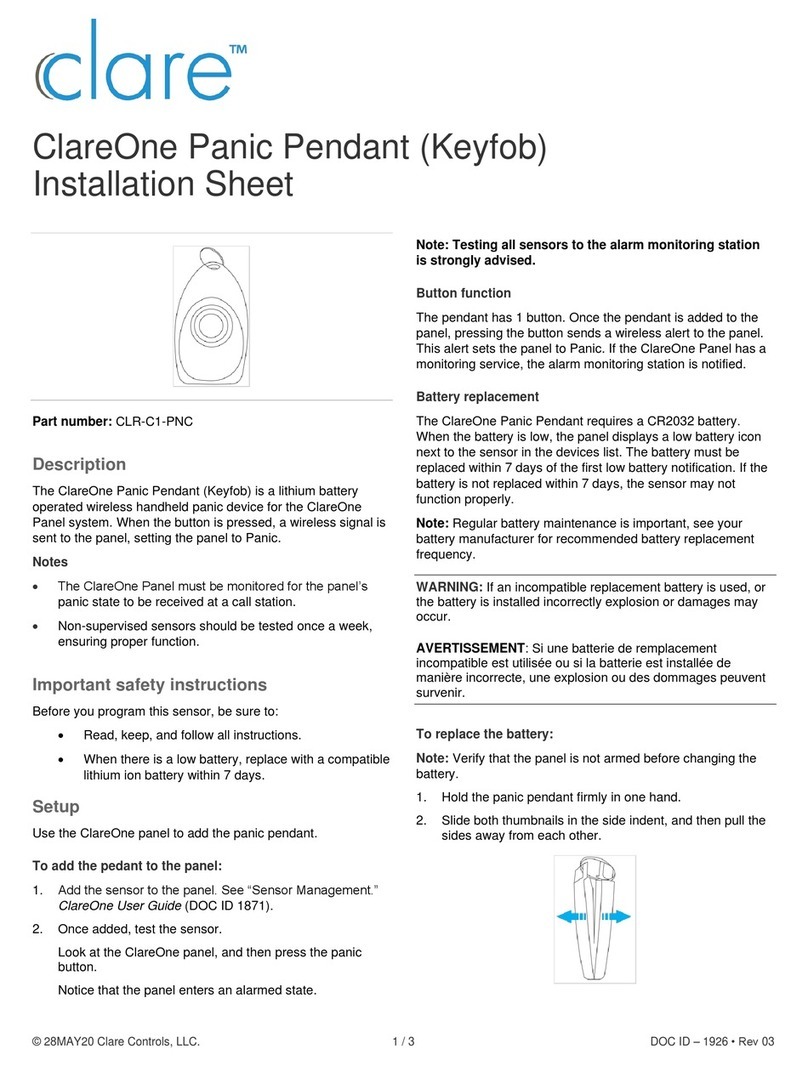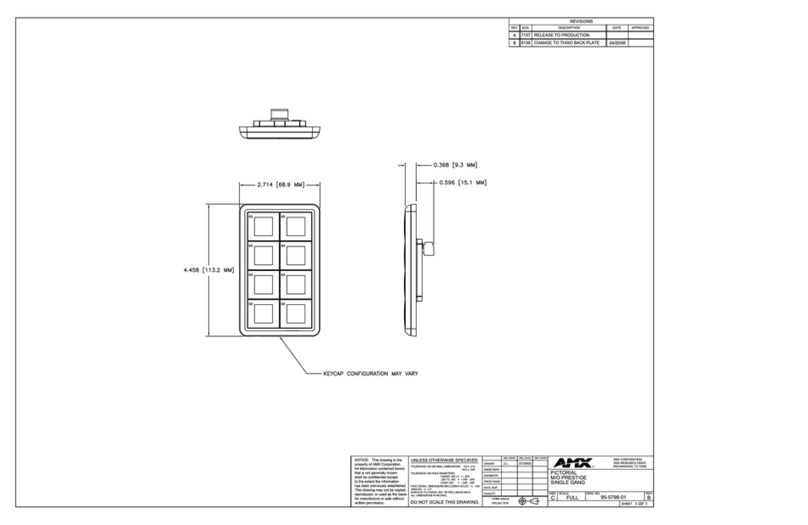
2
Table of contents
Warning ............................................................................................ 2
Description....................................................................................... 3
Technical specifications ................................................................. 4
Installation........................................................................................ 5
Module removal........................................................................................5
Ultra audio/video module connection ........................................... 6
Stand-alone connection.................................................................. 7
Programming ................................................................................... 8
Default configuration ...............................................................................8
Indicator LED............................................................................................8
Changing the configuration.....................................................................8
Programming via number keypad.................................................. 9
Creating an access code.........................................................................9
Using an access code..............................................................................9
Deleting an access code .........................................................................9
Deleting all access codes........................................................................9
Use as a call module................................................................................9
Changing the supercode .........................................................................9
Programming general parameters........................................................10
Enabling/disabling the Buzzer ..............................................................10
Relay programming................................................................................11
Programming the clock input and key button.....................................11
Programming the universal access code ............................................11
Programming key backlighting.............................................................11
Changing relay settings.........................................................................12
Permanent activation of number keypad module backlight in stand-
alone mode .............................................................................................12
Restore factory settings........................................................................12
Programming via ViP Manager..................................................... 13
Connections available for programming via ViP Manager.................13
Searching for devices to configure ......................................................13
Populating the contacts list .................................................................14
System performance and layouts ................................................ 15
Warning
Intended use
This Comelit product has been designed and manufactured for use in the creation of audio and video communication
systems in residential, commercial, industrial and public buildings.
Installation
All activities connected to the installation of Comelit products must be carried out by qualified technical personnel,
with careful observation of the indications provided in the Manuals / Instruction sheets supplied with those products.
Wires
Disconnect the power supply before carrying out any operations on the wiring.
Use wires with a cross-section suited to the distances involved, observing the instructions provided in the system
manual.
We advise against running the system wires through the same duct as power cables (230V or higher).
Safe usage
To ensure Comelit products are used safely:
• carefully observe the indications provided in the Manuals / Instruction sheets,
• make sure the system created using Comelit products has not been tampered with / damaged.
Service
Comelit products do not require maintenance aside from routine cleaning, which should be carried out in accordance
with the indications provided in the Manuals / Instruction sheets.
Any repairs must be carried out:
• for the products themselves, exclusively by Comelit Group S.p.A.,
• for the systems, by qualified technical personnel.
Disclaimer
Comelit Group S.p.A. does not assume any responsibility for
• any purpose other than the intended use,
• failure to observe the indications and warnings contained in this Manual / Instruction sheet.
Comelit Group S.p.A. reserves the right to change the information provided in this Manual / Instruction Sheet at any
time and without prior notice.
